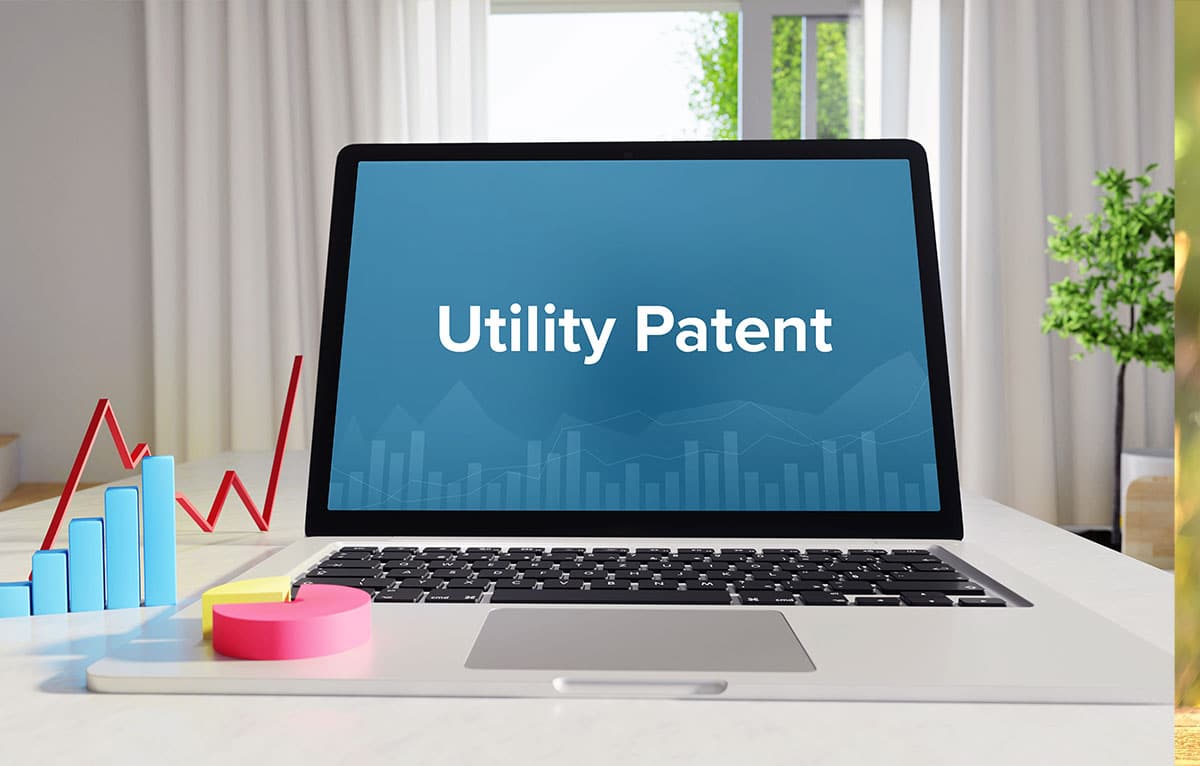Understanding the Parts of a Utility Patent

An inventor considering filing a Utility Patent application, or reviewing issued patents, should have a working knowledge of the Parts of a Utility Patent.
COVER PAGE – Above The Line
On the left above the line is the last name of the first listed inventor, while the top right side has the Patent Number and the Date of Patent meaning the date the patent was formally issued.
COVER PAGE – Below The LineThis space has two columns with a drawing at the bottom consisting of:
TITLE The invention’s title is a technical, descriptive name, and not a marketing name, that should identify the invention.
INVENTOR All of the inventors are listed with a contact address.
ASSIGNEE This line is not on every patent. It appears only on patents where the rights have been transferred (licensed) to another entity, usually a company, and that the assignment was recorded with the Patent Office prior to publication.
APPL. NO. This is the original patent application number.
FILED The date the patent application was originally filed.
RELATED U.S. APPLICATION DATA — This section includes:
(optional) On some patents there is an indication here that the patent application was preceded by another filing.
- Int. Cl. – Listed in bold type is the primary International Class for the invention with any other cross-classifications for portions of the invention.
- U.S. Cl. – This is the same as for the International Class except this line is only directed to the United States.
- Field of Search – This is a list of the search classifications used for this invention from filing of the patent through to issuance.
- References Cited – All of the patents, or other public references, that were cited either by the Applicant or the Examiner during the prosecution of the patent application.
- Primary Examiner – This is the name of the Primary Examiner at the Patent Office. Occasionally, an Assistant Examiner is listed underneath.
- Attorney, Agent, or Firm – This line identifies the Patent Practitioner. If no name exists, either the inventor acted on his own or the Patent Attorney elected not to have their name or firm listed on the patent.
ABSTRACT The abstract is a general language paragraph providing a basic description of the invention. Directly below the Abstract is a bolded line indicating the number of Claims in the patent as well as the total number of Drawing sheets.
DRAWING The Drawing printed on the patent cover page provides a general, visual depiction of the invention.
Although the Cover Page of a Patent is a source of valuable information that summarizes the whole patent, the rest of the story is inside. All of the drawing sheets are first followed by the text sections. The text sections are divided into two columns per page with reference line numbers down the center of the pages.
The first text section is FIELD OF THE INVENTION which is a sentence or two indicating in language, and not in numbers, the classification of the invention.
BACKGROUND OF THE INVENTION follows describing the state of the art in the classification. It is customary for similar issued patents to be described in an attempt to illustrate the differences from the invention in the patent application.
BRIEF SUMMARY OF THE INVENTION is written in general language describing the unique features and benefits of the invention.
BRIEF DESCRIPTION DRAWINGS describes each figure on the drawing sheets that preceded the text section. The drawings will be referenced in the engineering specification in the next section.
DETAILED DESCRIPTION OF THE INVENTION is an engineering specification technically describing the “best mode”; in other words, how to make and how to use the invention to a level that someone skilled in the art could understand. Another name for this section is Description of the Preferred Embodiment.
CLAIMS are located at the very end of the patent and are not highlighted with a headline like other sections. The section usually begins with “I claim:” followed by numbered paragraphs usually having sub-paragraphs. The Claims are vitally important because it describes in legal patent language the “intellectual property” being claimed. The right word in the right place can make a patent valuable; whereas, the wrong word or too many words could make the patent worthless. The Claims are the heart of the patent.
This should provide a rudimentary understanding of the parts of a utility patent. The only significant difference with a utility application is that the Abstract is positioned at the end.








